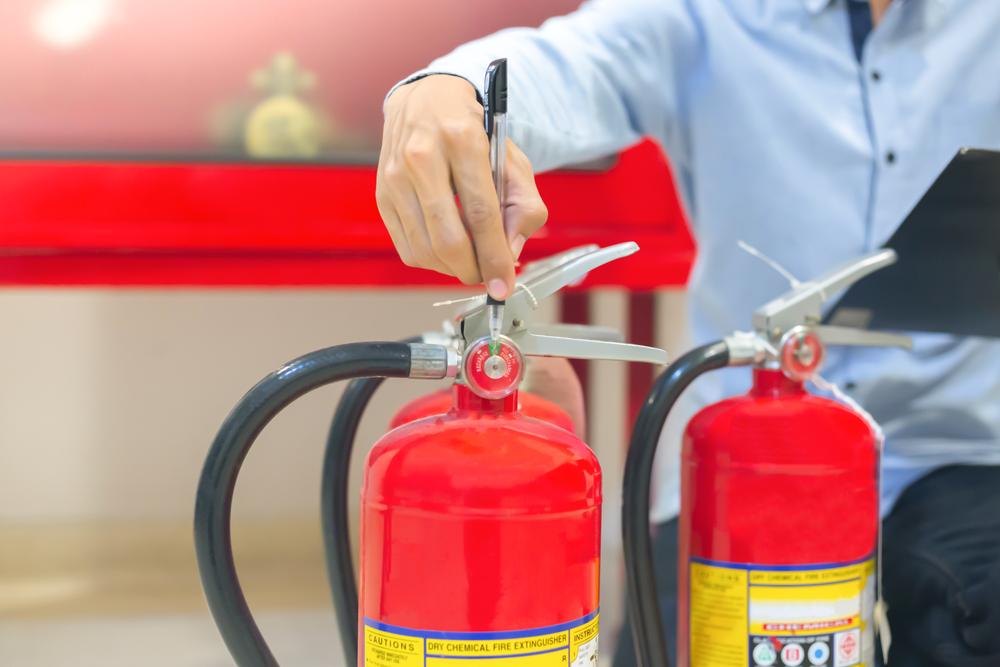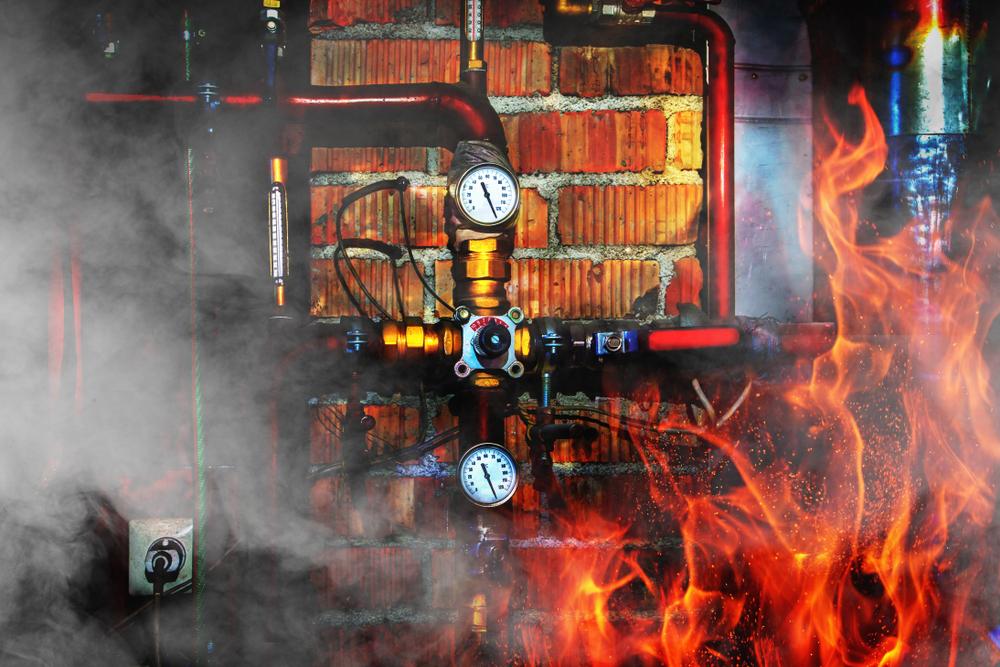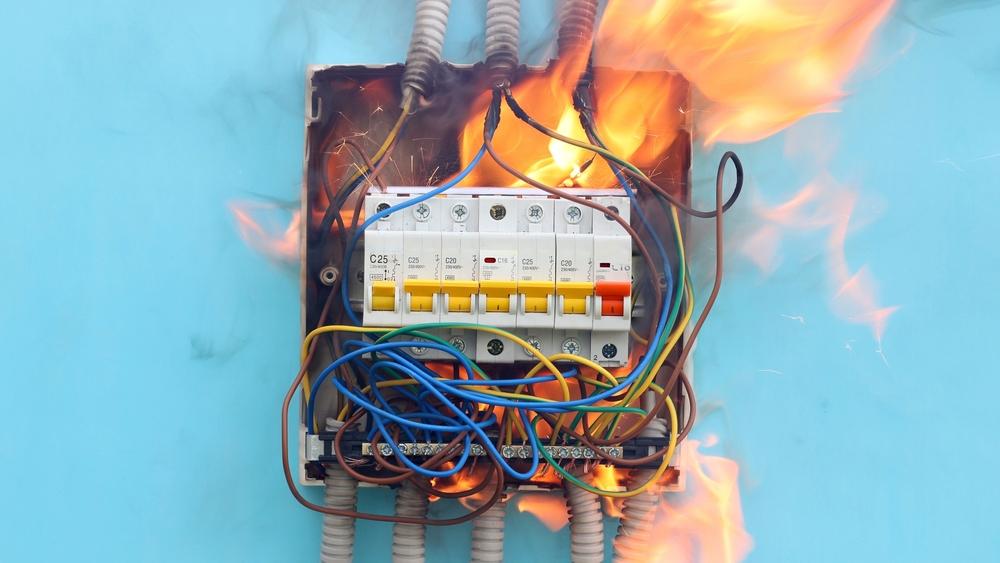The fifth most frequent cause of fires in commercial buildings is electrical fires!
Home electrical fires are thought to have caused 51,000 fires, close to 500 fatalities, more than 1,400 injuries, and $1.3 billion in property damage in the past year alone. That’s why you should ensure that you have the right fire protection system!

Electrical fires hardly ever provide the owner or occupant with any advance notice that a potentially dangerous fire is imminent. Despite being in perfect working order for years, equipment, wiring, and other electrical appliances have a chance of failing and starting a sudden fire.
What Are The Primary Causes For Electrical Fires?
Electrical outlets that are not functioning properly or worn-out, improperly grounded sockets are the main contributors to electrical fires. The wiring that supports outlets and switches will deteriorate over time, and they may break and start a fire.

A lot of electrical fires are started by worn-out appliances because they use a lot of power, and appliances with frayed or damaged cords run a higher risk of starting a fire. Older homes may not have enough pre-installed wiring capacity to handle the increased number of electrical appliances found in the average, typical home today.
Electronics such as fast computers or PC towers, wide-screen televisions, AI-enabled appliances, 4-in-1 air fryers, and air conditioners are some examples of modern electronics. These were definitely not available back in the day! An increased power load from electronics like these is too much for outdated home wiring, which could lead to overheating.

It can be difficult to identify potentially hazardous wiring because most electrical work and wiring are concealed behind walls. Here are some tips for spotting any potential fire risk:
- Appliances or electrical devices that are excessively hot
- Shocks/sparks from electrical outlets or appliances
- Frequently overloaded plug points or circuit breakers
- Flickering lights or power trips
- Unexplained, possibly mild burning smells
- Frayed wiring or exposed cords
Most Common Locations of Electrical Fires
Electrical fires can happen anywhere there is an electrical source, as the name implies. Among the more typical industrial environments are:
- Transformer Rooms
Transformers contain mineral oil, which can be challenging to put out in the event of a fire.

- Electrical Panels
Most electrical panels come with built-in overload protection. However if the protection fails due to wear and tear over time, it could start a fire.
- Cable trays or cable vaults
In addition to electrical cabinets and transformer rooms, cable trays and vaults also present a risk. Using conventional techniques like sprinkler systems, fires in these or other industrial electrical settings cannot be put out quickly or safely.

- Motors and drivers
Equipment with drivers and motors shouldn’t be allowed to run past the allotted number of hours. It is advised that they be watched over, kept up with, and replaced in accordance with the manufacturer’s schedule and instructions.
By making sure your building is up to date with the most recent regulations, you can avoid these electrical fire hazards. Partner with the appropriate fire safety equipment provider, like FSSD SG!
Visit FSSD Consultancy Singapore Today
FSSD Consultancy offers FSSD submissions and manages fire safety planning projects that are compliant with local laws and guidelines. Ensure you have the right fire alarm systems by collaborating with our expert M&E consultants!

Learn more about what we do at FSSD Singapore, and what we do for SG fire safety. Reach out to us via our contact page for project information and quotations.

